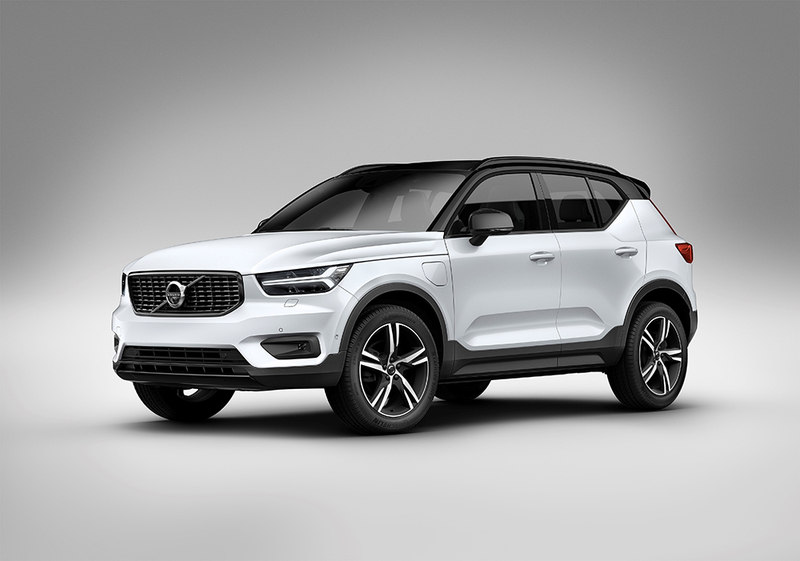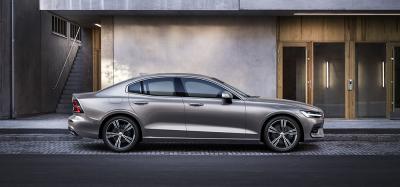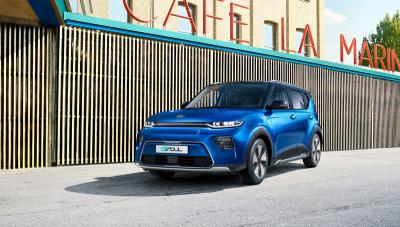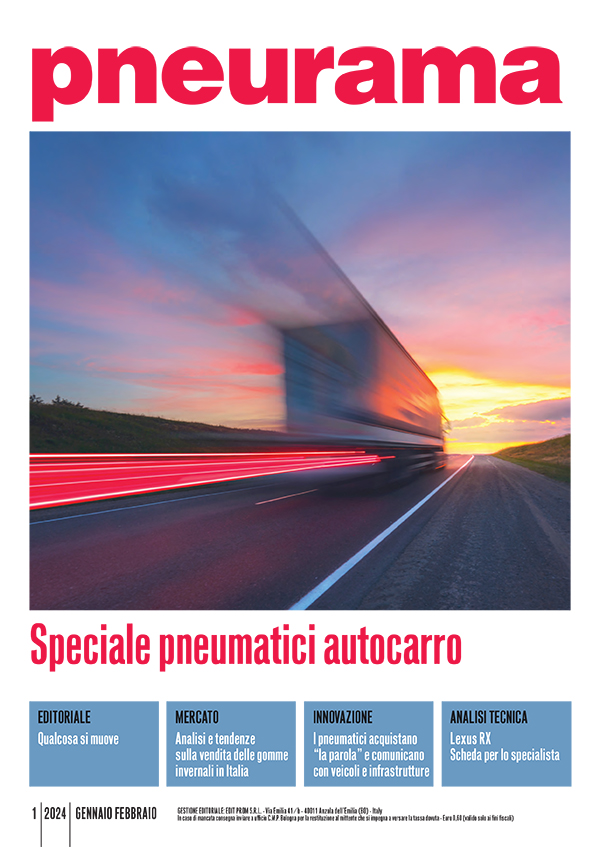Volvo is no stranger to innovation, as evidenced by the one that started it all, the famous 240 series launched in 1975, earning the status of true icon throughout the 1980s. Without going into details about all the other sectors in which the Swedish brand has always been a major player, from heavy duty vehicles to marine engines, all built to operate in rigid Artic conditions, it is sufficient to point out how the latest evolution of that original concept of family car, the smallest in the SUV range of the Gothenburg-based company - acquired in 2010 by the Asian group Geely Holding – draws heavily from the know-how gained in almost 100 years of experience in the motoring sector.
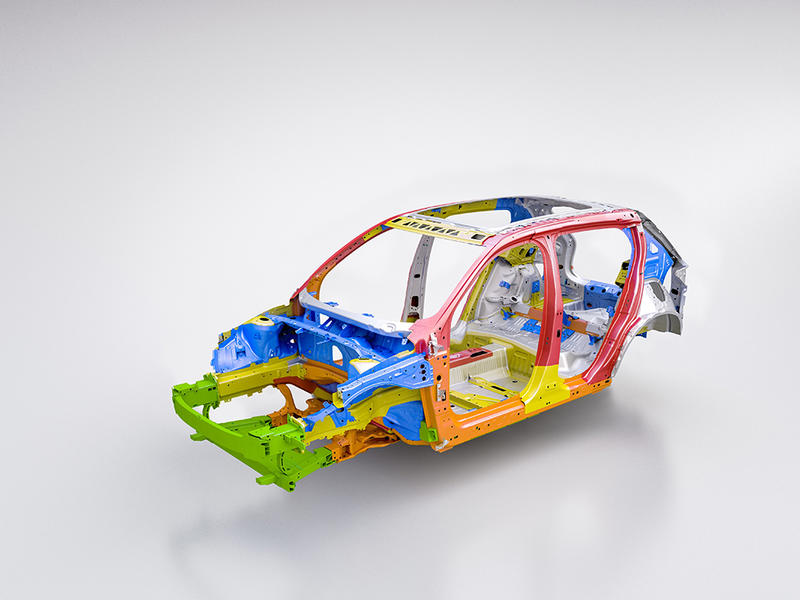
-
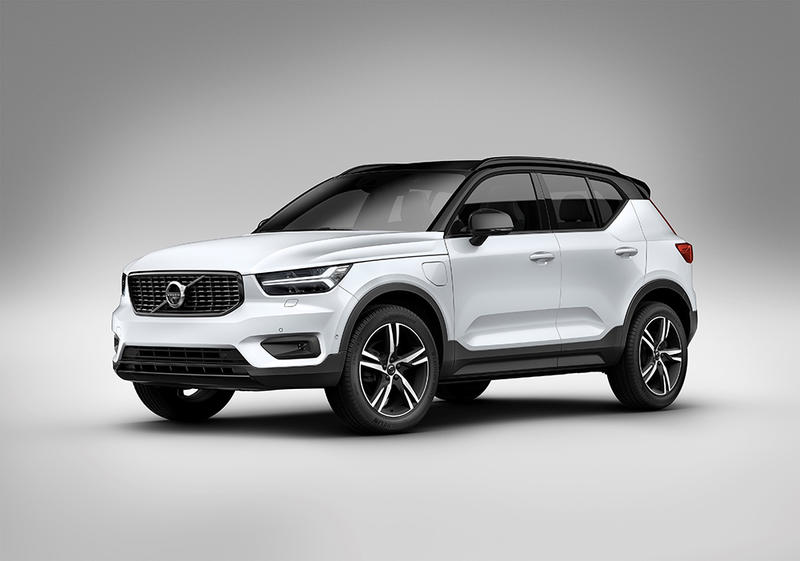
-
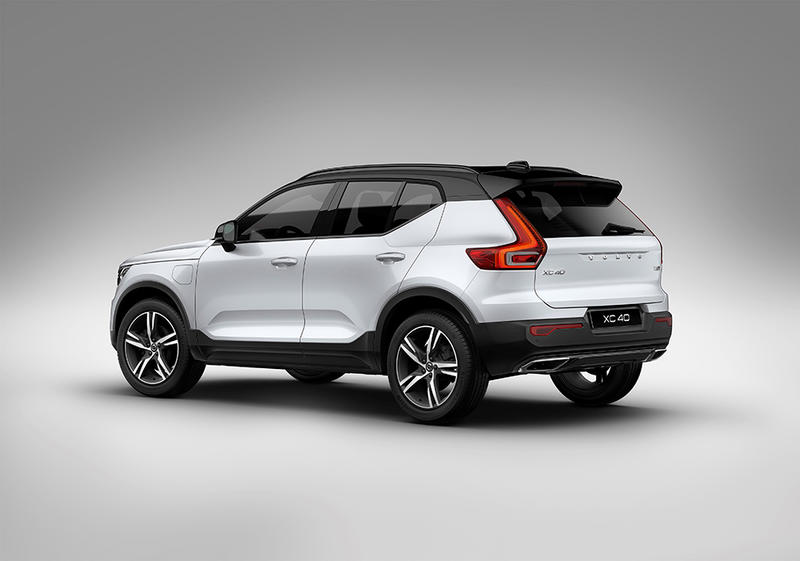
A choice of three petrol, two Diesel and one hybrid units will soon be joined by Volvo's XC40 Recharge version, Volvo's first full electric plug-in, with two electric motors capable of producing 408hp and guarantee a total mileage of over 400 km
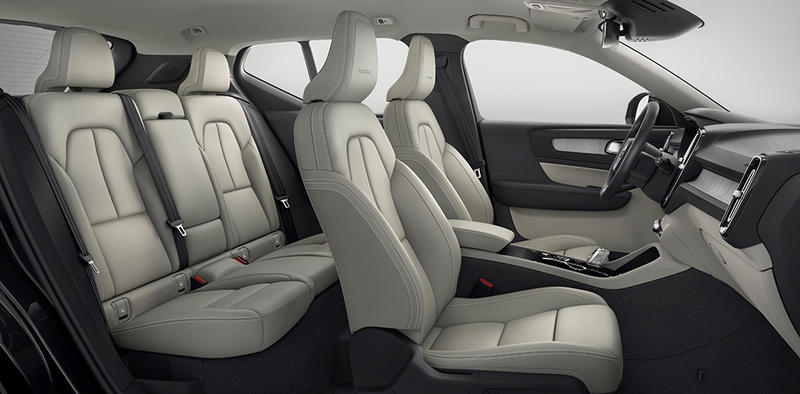
-
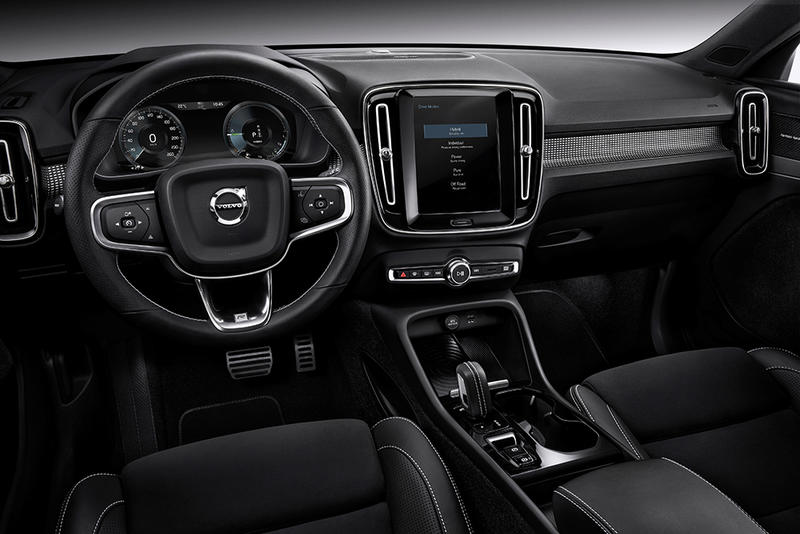
Technology and trims partly borrowed from the “big†sisters, with no shortage of Adas driver assistance devices
Compact Utility
Volvo's XC40 completes the company’s offer in the increasingly competitive sports utility sector alongside the XC60 and the flagship XC90, built at the Ghent factory in Belgium. No inferiority complex whatsoever, given the hi-tech contents of the Swedish compact SUV, the common standard equipment offered throughout the range makes it a true premium car. This is, first and foremost, the first model built on the new CMA platform, common to the entire Geely Group, which represents the ideal modular and flexible base for all future 40 series saloons, including hybrid and zero-emission engines.
A true Volvo at first sight, given the familiar style that emphasizes the traits common to the entire family, starting from the large grille displaying the traditional ancient iron symbol (historically, Volvo was born in a region rich in iron mines). The overall wedge-shaped design follows current stylistic trends, as evidenced by the sloping lines of the roof and hatch. The family feeling is quite clear also when looking at the car from behind, strongly characterized by vertical light clusters ending right up against the aerodynamic spoiler placed above the rear window.
If on the one hand the design is both modern and pleasing, although compact (4.42 x 1.86 x 1.65 m in height), inside the seating layout and contents are certainly aligned with other premium cars, offering great room and high standards in terms of comfort and infotainment.
Adas control and safety devices include systems such as Volvo’s Car Pilot Assist, City Safety, Run-off Road Protection & Mitigation and Cross Traffic Alert with braking assistance and a 360° camera to assist when parking. All systems managed by sensors, radar and cameras that, like all Adas devices, require careful tuning and maintenance from the local garage, including tire specialists.
Quality of life and maximum rationality, typically Scandinavian, is also reflected inside the XC40 in how the storage compartments have been arranged, with simple solutions congenial to a rational use of the vehicle: among these we find slots on the dashboard to store credit cards and loyalty cards, the housing under the armrest dedicated to storing a box of paper tissues or other small items and even a small waste container, removable and easy to empty. Special attention has been paid to the layout of the seats, with adequate legroom for the rear passengers, “Scandinavian size”, as well as a rational luggage compartment divided into two levels, 460 litres of capacity expandable up to 1336 litres after reclining - with electrified control - the rear seats.
For all kinds of tastes
Turning to the power-units available, you will be spoilt for choice, as every need or requirement is fully satisfied, even the most “ecologically correct”. Starting with the 1.5 litre 3-cylinder turbocharged, fuel injection T3 model, an adequate downsizing still able to efficiently move the 1.7 ton XC40, thanks to 163 HP and 27 kg/m of constant torque between 1,850 and 3,850 rpm. There is little difference in performance between the two available transmissions, a six-speed manual gearbox and the automatic eight-speed Geartronic, both able to guarantee a 0-100 acceleration in 9.4 seconds, and a top speed in the region of 200 km/h, with a declared average consumption in the order of 19.2 km/litre.
The next step is entrusted to the T4 series unit, a four-cylinder 2-litre turbocharged petrol engine, 190hp and, depending on the set-up, front or all-wheel drive with electronically controlled Borg-Warner central diff capable of automatically and instantaneously transferring more than half of the torque from the front axle to the rear wheels to cope with poor grip on certain roads. Next up, the turbocharged T5, again a four-cylinder two litre unit producing 247hp and capable of pushing the heavy XC 40 to a top speed of 230 km/h, with acceleration 0-100 in 6.5 seconds and a declared average fuel consumption in the order of 8.3 km/litre.
As expected there is no shortage in the choice for Diesel engines, with the 150hp D3, which represents the entry level of the range, flanked by the 190hp D4, in a single mechanical configuration with Geartronic automatic transmission and 4x4 traction.
Finally – at least for the moment - a plug-in hybrid, where the combination of the 3-cylinder petrol unit and an 80hp electric unit, with 10.4 kWh battery pack rechargeable from a domestic socket, guarantees up to 50 kilometres in zero emission mode only.
As ICE units keep falling in popularity in favour of an eco-friendly approach – not to mention increasingly frequent limitations in urban traffic - Volvo has already prepared a fully electric version, the XC40 Recharge, due in early 2020, equipped with two electric motors for a total of 408hp and a 78 kWh battery pack able to guarantee 400 kilometres of totally “green” mileage.
Power, comfort and, above all, safety, thanks to a vast array of ADAS electronic assistance devices, but also to a highly advanced design with programmed deformation zones able to ensure the highest standards of protection in case of impact, certified by 5 stars EuroNCAP.The set-up features four independent four-wheel suspensions, electrified steering and a powerful four-disc braking system (with 17" and 18" disks at the front depending on the version), with ABS, EBD and EBA capable of bringing the XC40 to a halt from a speed of 100 km/h in just 36 metres.
The range comes with five levels of equipment, Base, Business, Momentum, R-Design and Inscription, with rims and tires ranging from 17 to 21 inches. Significant tire sizes, that’s for sure, but in line with the rest of the vehicle, ranging from 235/60 R17 for the Base version to 245/40 R21, as an option for those who look for a touch of (extreme) exclusivity.
